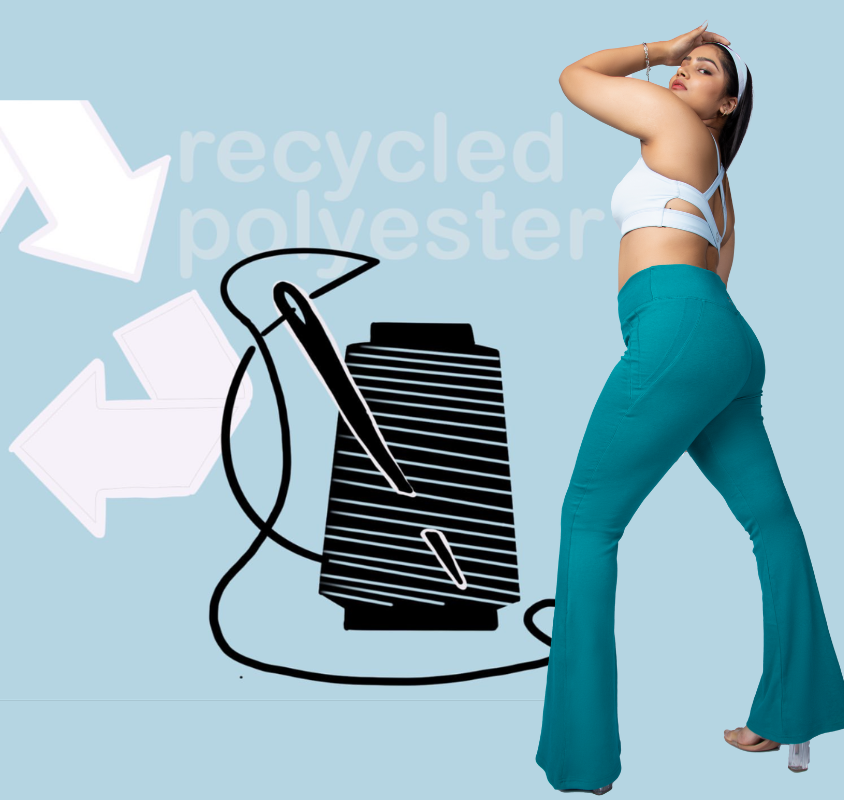we all have our favourite colours. some days we want to be dazzling in neon, and other times we might want to wear something that reminds us of the summer breeze. however, there can be no debate on the fact that colour is one of the major selling points. to keep up with our need to wear the perfect colour, the industry of fabric dyeing has become a massive industry.

how are textile dyes manufactured?
synthetic dyes were first discovered in 1856, giving us a much wider range of colours and shades. however, the production of textile dyes has a very large environmental impact. synthetic dyes are mostly made from petroleum and tar because they are cheaper and easier to produce. the textile dyeing industry is one of the most chemical-intensive industries in the world, using more than 8000 chemicals in the process of dyeing and printing.

be assured that most of these chemicals are toxic and poisonous for humans, directly or indirectly. apart from consuming large quantities of water in the process, the World Bank estimates that 20% of industrial water pollution comes from textile dyeing and finishing. Moreover, workers employed in this industry are exposed to these deadly toxins, increasing the risk of various skin diseases and cancer.
are there any alternatives to replace chemical dyes?
before the discovery of synthetic dyes, we used dyes extracted from fruits, vegetables, flowers, and even certain insects. However, because of the limited and dull range of colours, we eagerly shifted to synthetic dyes. but because of the environmental impact, some scientists and researchers are working to find a better alternative.
two researchers from Cambridge, Jim Ajioka and Orr Yarkoni, founded a biotech company that focuses on creating sustainable fabric dyes. they are genetically modifying microbes to create a variety of natural pigments that can be used as dyes.
Another researcher, Renana Kerbs, is working with her father to produce sustainable dyes out of algae that are grown in a closed-loop system with zero waste and without any need for agricultural land.
Despite these innovations, they believe that it will be a bigger task to implement them on a larger scale, especially when there is an already established practise in place. But, with people becoming more conscious of their choices, industries might be willing to shift more now than ever before.
until next time, live aastey.

































